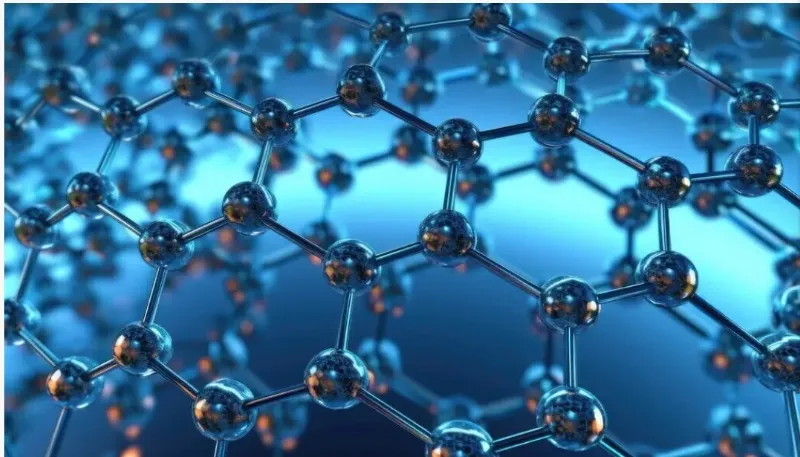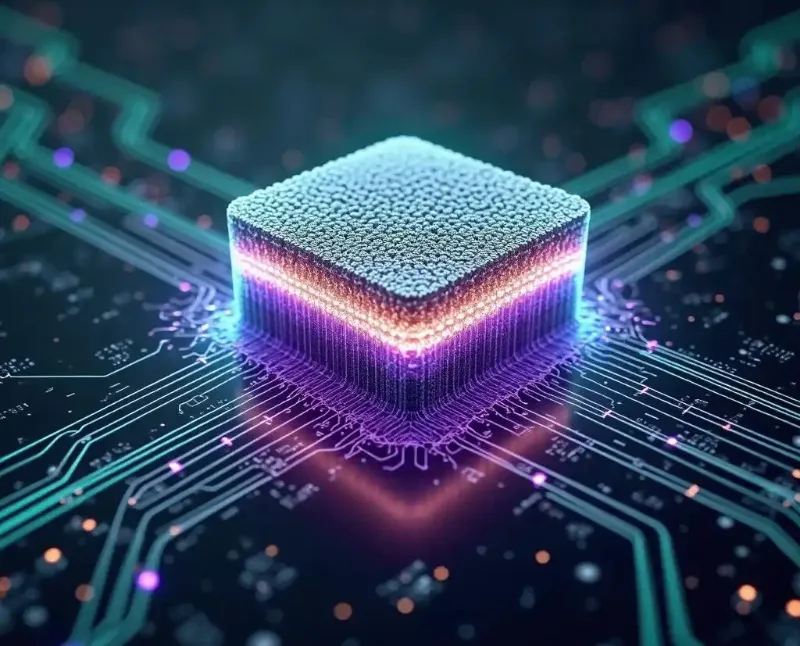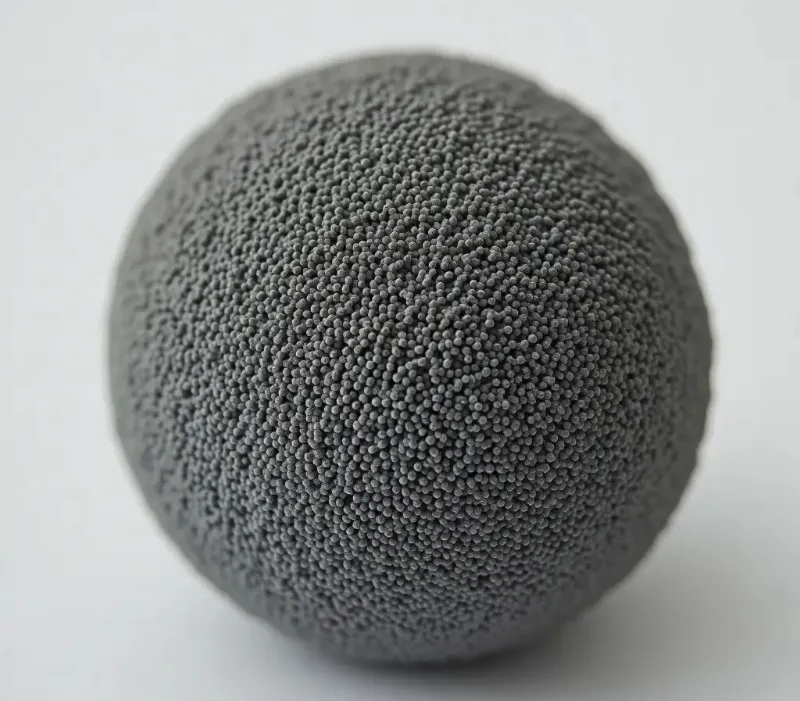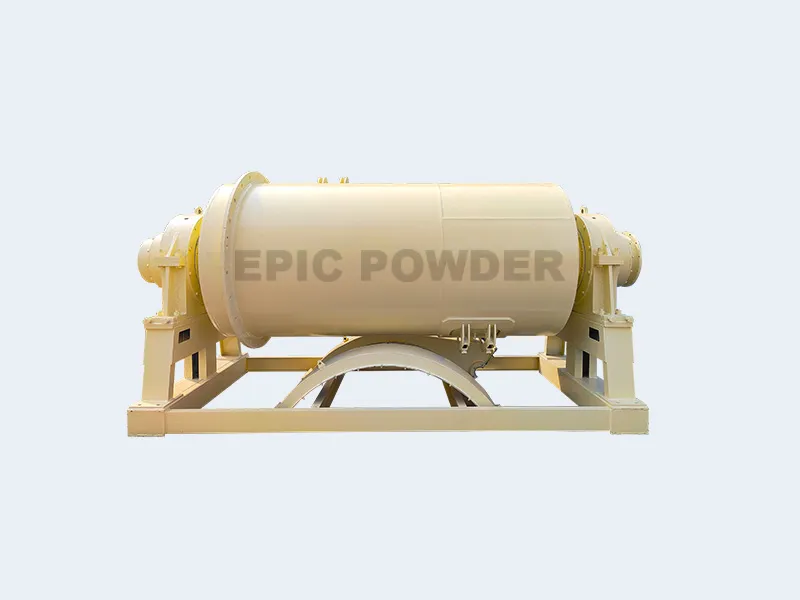Silicon-carbon anode, as another major mainstream technology route, have significant differences in their production process compared to silicon-oxygen anodes. The core difference lies in the preparation of nano-silicon powder and its composite method with carbon-based materials. Based on the different preparation processes, silicon-carbon anodes are mainly divided into two technical routes: the sand milling method and chemical vapor deposition (CVD). Among these, CVD is considered the most promising direction for future development.

Preparation of Nano-Silicon Powder
The preparation of nano-silicon powder is the key step in the production of silicon-carbon anodes. Currently, there are three main methods in industrial production: mechanical ball milling, chemical vapor deposition (CVD), and plasma evaporation condensation (PVD). While the mechanical ball milling method is simple and cost-effective, its production efficiency is relatively low, and it is prone to introducing impurities, making it unsuitable for large-scale industrial production. The chemical vapor deposition (CVD) method uses silane (SiH₄) as the reaction material, and through thermal CVD decomposition, high-purity nano-silicon powder is produced, with particle size controllable between 20-100 nm.

Preparation of Silicon-carbon Anode by Sand Milling
The sand milling method for silicon-carbon anode production is relatively traditional. The process includes: grinding bulk silicon (usually sourced from trichlorosilane processes) into nano-silicon powder using a sand mill, and then compounding it with graphite materials. In the sand milling process, the silicon powder is mixed with an appropriate amount of solvent to form a slurry, which is then delivered to the sand mill via a diaphragm pump.
Under the high-speed rotation of the rotor structure and grinding media, particle refinement and dispersion are achieved. The grinding media typically consist of 3mm and 5mm zirconia balls, with a mass ratio of 1:1 and a material-to-media weight ratio of 3:1. The grinding time is 1 to 3 hours. After grinding, the media and materials are separated through filtration, centrifugation, or other methods to obtain the nano-silicon slurry. The disadvantages of this method are difficulty in controlling particle size, easy introduction of impurities, and the tendency for particles to agglomerate.
Compounding and Coating Process
The composite and coating processes are crucial for the performance of silicon-carbon anodes. An innovative method involves mixing nano-silicon, carbon aerogels, carbon nanotubes, graphite, dopants (such as hydrazine hydrate, ammonium bicarbonate, etc.), and dispersants in specific ratios (5–15:20–30:1–10:5–10:5–10:1–5:40–60). The mixture is then ultrasonically dispersed and sand milled to form a slurry. This slurry is subjected to spray drying and granulation. At the same time, it undergoes carbon coating. This results in a doped, sponge-like silicon-based anode material.

The specialized production equipment includes several modules:
- A slurry delivery module (with nozzle).
- A gas delivery and heating module (for inert gas, coating gas, and doping gas).
- A processing chamber module (for drying, spray granulation, and carbon coating).
- A collection module.
The processing chamber contains doping materials such as ammonium bicarbonate which is equipped with a baffle partition . When the gas passes through, it mixes with the doping materials and then enters the processing space to achieve uniform doping.
High Temperature Heat Treatment
High-temperature heat treatment is another key step in silicon-carbon anode production. The composite precursor material is carbonized in an inert atmosphere. The calcination temperature is typically 1000–1500°C, and the duration is 2–5 hours. This process allows the organic carbon source to decompose and form a conductive network. It also strengthens the bonding between silicon and carbon materials.
Heat treatment equipment is typically a tubular furnace or rotary furnace. Precise control of the temperature profile and atmospheric composition is required. This is necessary to prevent silicon particle oxidation or excessive growth.
A team from Central South University developed a defect-enhanced nano-crystalline silicon technology. They use waste from the crystalline silicon industry and a heat treatment process to create high-performance silicon anodes. The silicon loading reaches up to 80 wt%.
Comparison of Main Preparation Methods of Silicon-carbon Anode
| Preparation method | Technical features | Advantages | Disadvantages | Applicable scenarios |
| Chemical vapor deposition (CVD) | Silane thermal decomposition and deposition on porous carbon | Silicon-carbon combination is tight, cycle stability is good, and the first efficiency is high | Silane has high cost and safety risks | High-end power batteries |
| Sand milling | Mechanical grinding of silicon and graphite composite | Simple process, low cost, suitable for industrial production | Difficult to control particle size, easy to agglomerate, and many impurities | Mid- and low-end applications |
| Sol-gel method | Silicon-carbon composite through sol-gel process | Material dispersion is uniform, high capacity is maintained | Carbon shell is easy to crack, and high oxygen content leads to low initial efficiency | Experimental stage |
| High-temperature pyrolysis method | High-temperature decomposition of organosilicon precursor | Large carbon voids, alleviate volume expansion | Poor silicon dispersion and uneven carbon layer | Specific application scenarios |
| Mechanical ball milling method | Mechanical force mixing of silicon and carbon materials | Simple process, low cost, high efficiency | Serious agglomeration phenomenon and general performance | Low-end applications |

Post-processing
The post-processing steps for silicon-carbon anodes include crushing, classification, surface treatment, sintering, screening, and demagnetization. Compared to silicon-oxygen anodes, silicon-carbon anodes require more attention to expansion stress release and the stability of the surface SEI (Solid Electrolyte Interphase) film.
Some innovative processes, such as the method proposed in the CN119994008A patent, use a carefully designed particle size distribution for the silicon-based primary material particles in the anode slurry. The first particle has a D50 of 3–8 μm, the second particle has a D50 of 7–12 μm, and the third carbon-based particle has a D50 of 13–16 μm. This design allows the prepared silicon-based anode sheets to maintain high cycle stability and energy density without the need for traditional rolling processes.
Epic Powder
EPIC Powder is at the forefront of advancing the production of silicon-based anode materials. With expertise in processing nano-silicon powders, composite precursors, and carbon coating treatments, EPIC Powder is well-equipped to support the growing demand for high-performance battery materials. As the industry continues to evolve, EPIC Powder’s innovative solutions play a key role in enhancing energy density and cycling stability, contributing to the development of next-generation lithium-ion batteries for electric vehicles and energy storage.
